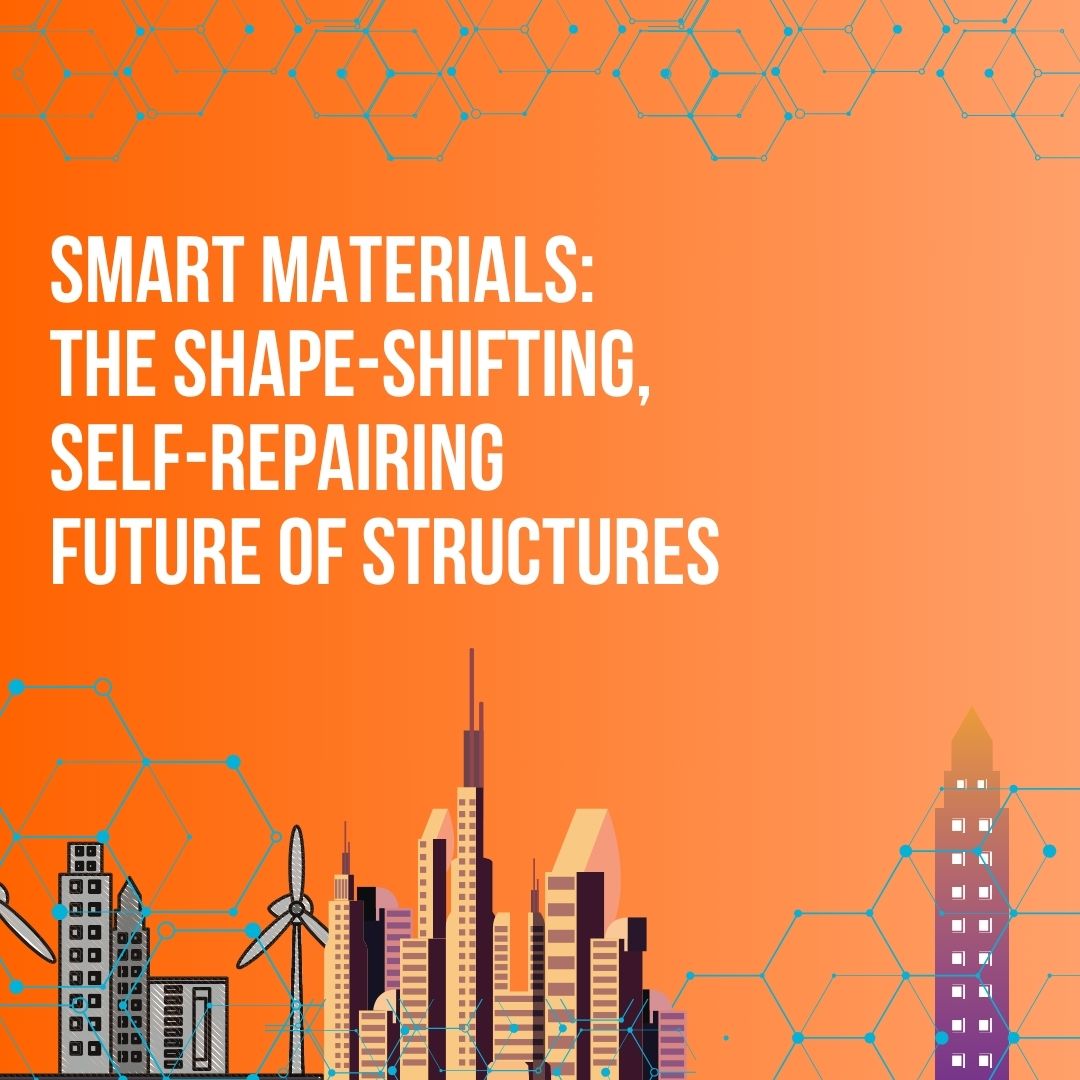Blogs
- Home
- Blogs
Smart Materials: The Shape-Shifting, Self-Repairing Future of Structures
Protrainy | Sept. 5, 2023, 1:48 p.m.

Introduction:
The world of construction and engineering is undergoing a transformative revolution, powered by smart materials. These innovative substances possess the remarkable ability to change their properties, adapt to environmental conditions, and even repair themselves. In this blog, we'll embark on a journey into the world of smart materials, exploring their real-world applications, the science behind their remarkable properties, and the game-changing impact they have on the construction industry.
Building for Tomorrow: The Challenge of Material Innovation
As cities grow, infrastructure ages, and environmental concerns loom, the construction industry faces increasing pressure to innovate. Traditional materials like concrete and steel have served us well, but the time has come to embrace new materials that can adapt to our evolving needs and challenges.
1. Smart Materials Unveiled: Adapting to the Environment
Smart materials, also known as responsive or intelligent materials, are substances that can change their properties in response to external stimuli. These stimuli can include temperature, humidity, light, pressure, or even electrical currents.
2. Shape Memory Alloys: Materials with Memory
One of the most famous categories of smart materials is shape memory alloys (SMAs). These materials, such as Nitinol, have the remarkable ability to "remember" a specific shape and return to it when heated or subjected to the appropriate stimulus. SMAs find applications in various fields, from medicine to aerospace.
3. Self-Healing Polymers: Materials That Repair Themselves
Self-healing polymers are another groundbreaking class of smart materials. These materials can autonomously repair damage, such as cracks or scratches, when exposed to environmental conditions like heat, light, or moisture. They have the potential to extend the lifespan of structures and reduce maintenance costs significantly.
4. Piezoelectric Materials: Generating Energy from Movement
Piezoelectric materials can convert mechanical stress into electrical energy and vice versa. They are used in various applications, including smart pavements that harvest energy from passing vehicles and buildings that can generate electricity from vibrations.
5. Photovoltaic Glass: Harnessing the Power of the Sun
Photovoltaic glass, or solar glass, is another smart material gaining traction in the construction industry. It can generate electricity from sunlight while still providing transparency. Buildings can integrate these panels into windows, facades, and roofs to generate clean energy.
6. Case Study: The Self-Healing Concrete of the Netherlands
The Netherlands is renowned for its innovative approach to engineering and infrastructure. Researchers there have developed a self-healing concrete that contains bacteria capable of producing limestone to seal cracks in the material. This innovation promises to extend the lifespan of concrete structures, reduce maintenance costs, and minimize environmental impact.
Impact and Beyond: A Resilient, Sustainable Future
The impact of smart materials reaches beyond individual construction projects. These materials are central to achieving the goals of sustainability, resilience, and adaptability in the built environment. By incorporating smart materials into our structures, we can reduce waste, energy consumption, and maintenance needs, ultimately creating a more sustainable and resilient future.
Conclusion: Building with Intelligence and Innovation
Smart materials are revolutionizing the construction industry, offering a glimpse into a future where our structures are not static but responsive and adaptable. They are materials with intelligence, capable of healing themselves, generating energy, and even changing their shape as needed. As we face the challenges of climate change, urbanization, and resource scarcity, these materials provide a ray of hope, promising a more sustainable, efficient, and intelligent built environment. In the ever-evolving field of construction and engineering, smart materials are the building blocks of a brighter, more responsive future.
